Report this entry
More from the same community-collection
Blue Angels Flight Team - 1955
Blue Angels Flight Team - Date taken - 9-12-55 - NAS Pensacola, ...
Banquet Offered By General Orozco - 1912
Banquet Offered By General Pascual Orozco - to Juan Sarabia.
Association of Don Porfirio Diaz - 1918 - El Paso, Texas
Liberty Hall - left to right seated #4 Mother Guadalupe Morales ...
Association of Don Porfirio Diaz - 1918
Liberty Hall is the location - Jesus G. Morales - Father of ...
Brandon Bailey Johnson Day October 27, 2015
It is Proclaimed: by the Mayor and Council of the City of El ...
Brandon Bailey Johnson UTEP Monster Jam
12 year old Brandon Bailey Johnson- El Paso's Own and the ...
Brandon Bailey Johnson & The Amigo Man
Brandon Bailey Johnson, El Paso Native and our very own- ...
Emergent musicians presented their composition to Sebastian.
Young musicians from the Art Beats program, and EPMA partnership ...
Vietnam Veterans Memorial - 2016
The names of 208 El Pasoans who made the ultimate sacrifice for ...


















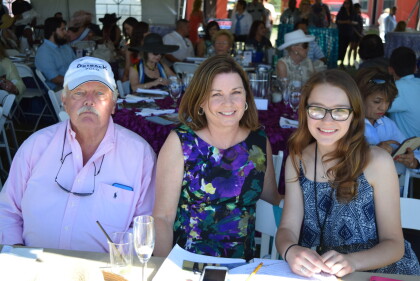


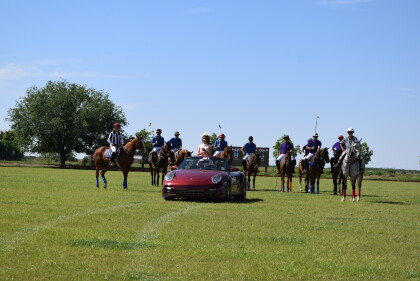
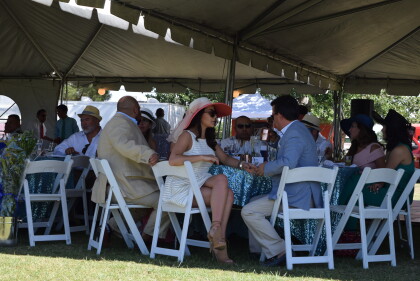

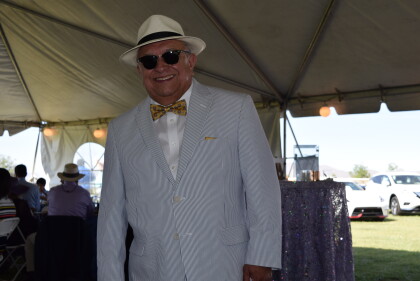
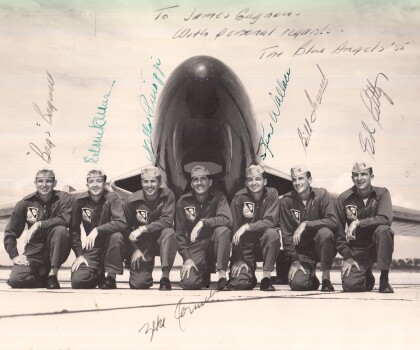
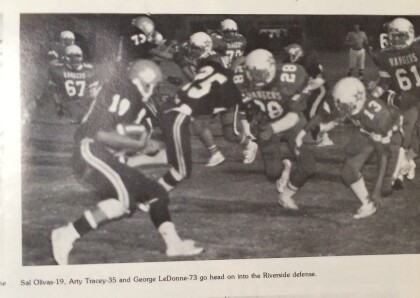
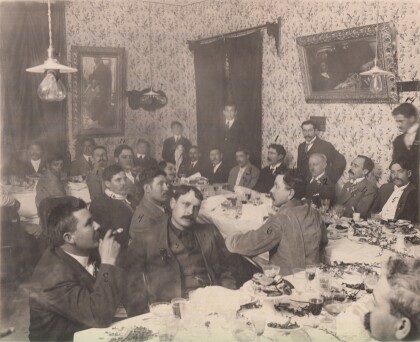
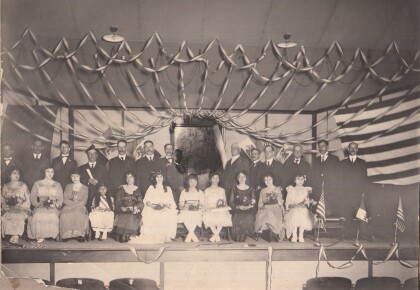
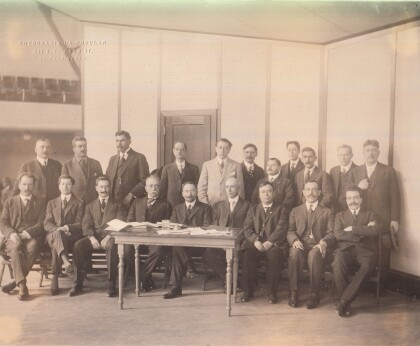

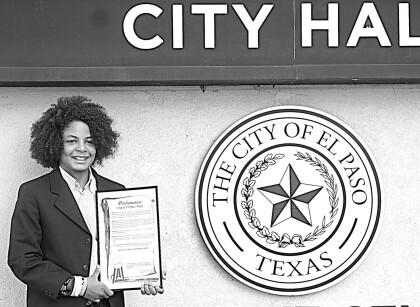
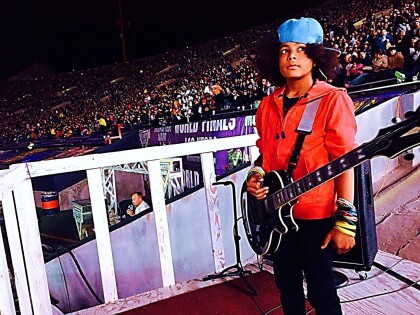

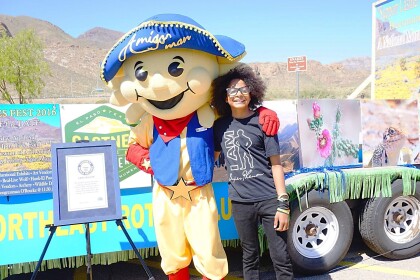

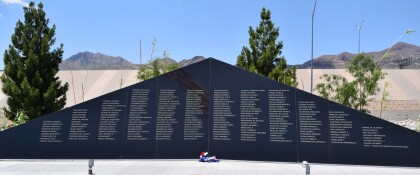
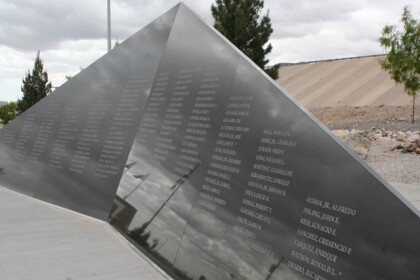
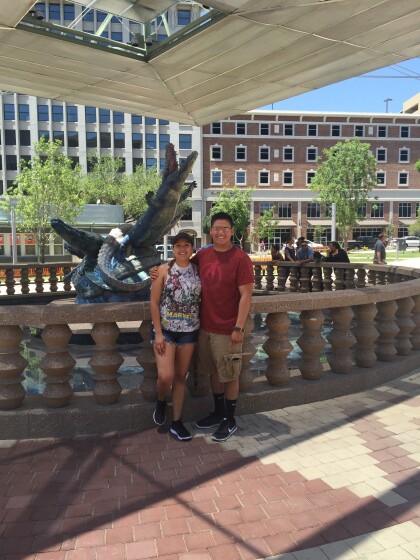

Comments
Add a comment